US President Donald Trump prepares to sign executive orders in the Oval Office of the White House in Washington, DC, on May 23, 2025.
Mandel Ngan | Afp | Getty Images
U.S. President Donald Trump could still find a work-around after suffering a major blow to a core part of his economic agenda.
The U.S. Court of International Trade on Wednesday ruled that the president had overstepped his authority by invoking the International Emergency Economic Powers Act, or IEEPA, to impose sweeping tariffs on numerous countries.
The New York-based court ordered a permanent halt to most of Trump’s tariffs and further barred their future modification. A panel of three judges gave the White House 10 days to complete the formal process of stopping the tariffs. The Trump administration swiftly appealed the ruling.
Goldman Sachs economists said the White House has a few tools at its disposal that could ensure the court ruling is only a temporary problem.
“This ruling represents a setback for the administration’s tariff plans and increases uncertainty but might not change the final outcome for most major US trading partners,” Goldman Sachs economists said in a research note.
“For now, we expect the Trump administration will find other ways to impose tariffs,” they added.
Options on the table
The Wall Street bank said the ruling blocks the 10% baseline tariff imposed by Trump on most imports, as well as the additional duties on China, Canada and Mexico – but not sectoral levies, such as those imposed on steel, aluminum and autos.
The Trump administration nevertheless has other legal means of imposing tariffs, Goldman says, flagging Section 122 of U.S. trade law, Section 301 investigations and Section 338 of the Trade Act of 1930.
Section 122 of the Trade Act of 1974 does not require a formal investigation and could therefore be one of the swiftest ways to get around the court roadblock.
“The administration could quickly replace the 10% across-the-board tariff with a similar tariff of up to 15% under Sec. 122,” analysts at Goldman said. They noted, however, that such a move would only last for up to 150 days after which law requires congressional action.
Trump could also swiftly launch Section 301 investigations on key U.S. trading partners, laying the bureaucratic groundwork for tariffs — although Goldman said that this process will likely take several weeks at a minimum.
Section 232 tariffs, which are already in place for steel, aluminum and auto imports, could also be broadened to other sectors. This trade law allows the president to take action against threats to national security.
Section 338, meanwhile, allows the president to impose levies of up to 50% on imports from countries that discriminate against the U.S. Goldman noted that this particular measure has not been used before.

Michelle Schulz, founder and managing partner at Schulz Trade Law PLLC, echoed the possibility that the Trump administration would seek work-arounds, including looking at ways the White House has imposed tariffs in the past.
“We have had section 301 tariffs on Chinese goods even under the previous administration, which were pretty harsh. So I can imagine that the administration will look at these provisions again and see if they can use 232, or 301, or some other mechanism where, whereby they can enforce the tariffs,” she told CNBC’s “Squawk Box Europe” on Thursday.
Schulz also pointed to the fact that such tariffs require investigations.
“I think that’s the difference here. All of the tariffs that we’re talking about today with IEEPA were issued under executive order and pretty much just by the executive branch,” she said. “When you look at these other sections, you’re going to have the involvement of the Commerce Department and other agencies investigating whether there really has been damage” to justify tariff action.
Schulz added that such investigations could take months.
CNBC has reached out to the White House for comment but did not immediately receive a response.
What about the Supreme Court?
James Ransdell, partner at the law firm Cassidy Levy Kent, said the court opinion marks the first of many other cases still pending — and the first substantive opinion out of federal court “to really address the meat of the plaintiffs challenge.”
Ransdell said the speed of the Trump administration’s appeal was “very unusual” and suggests the government could be working through the night to prepare its motion for an emergency stay of the order.
He added that it was “certainly a possibility” that the Supreme Court could end up having the last say.
“There is not a lot of precedent on this particular statute and on similar actions by the president, so there might be an interest that the Supreme Court has in taking this up,” Ransdell told CNBC’s “The China Connection” on Thursday.

Steven Blitz, chief U.S. economist at TS Lombard, said Trump had a “very good” level of understanding of how to play the courts to get what he wants in terms of playing for time.
“The first thing he will probably do is an emergency appeal to the Supreme Court … wanting to get a ruling from them that basically says you can keep these tariffs in place while the appeals process runs through,” Blitz said Thursday.
“This king-like executive order was always going to, at some point, going to run into the courts. … The difference between being a monarchy and being a constitutional democracy is the legal system,” he added.
Stocks, U.S. dollar on the rise
Equity markets around the world broadly rose on Thursday as investors reacted to the legal ruling. Asia-Pacific markets ended the day mostly higher and U.S. futures jumped.
Market reaction in Europe was more muted, with the pan-European Stoxx 600 up a mere 0.3% by early afternoon London time. The euro was last seen trading at $1.1285, little changed for the session after paring earlier losses.
Jordan Rochester, head of FICC strategy at Mizuho EMEA, said in a note that the limited market reaction was “because Trump still has various options to raise tariffs.”
“Things are more complicated but the end goal for Trump remains the same. In politics when there is a will, there is a way,” he said.
The U.S. dollar rose slightly against major rivals, with the U.S. dollar index up 0.07%. So far this year, the dollar index has tumbled close to 8% amid continued market turmoil.
trump-expected-to-find-a-work-around-after-trade-court-blocks-tariffs

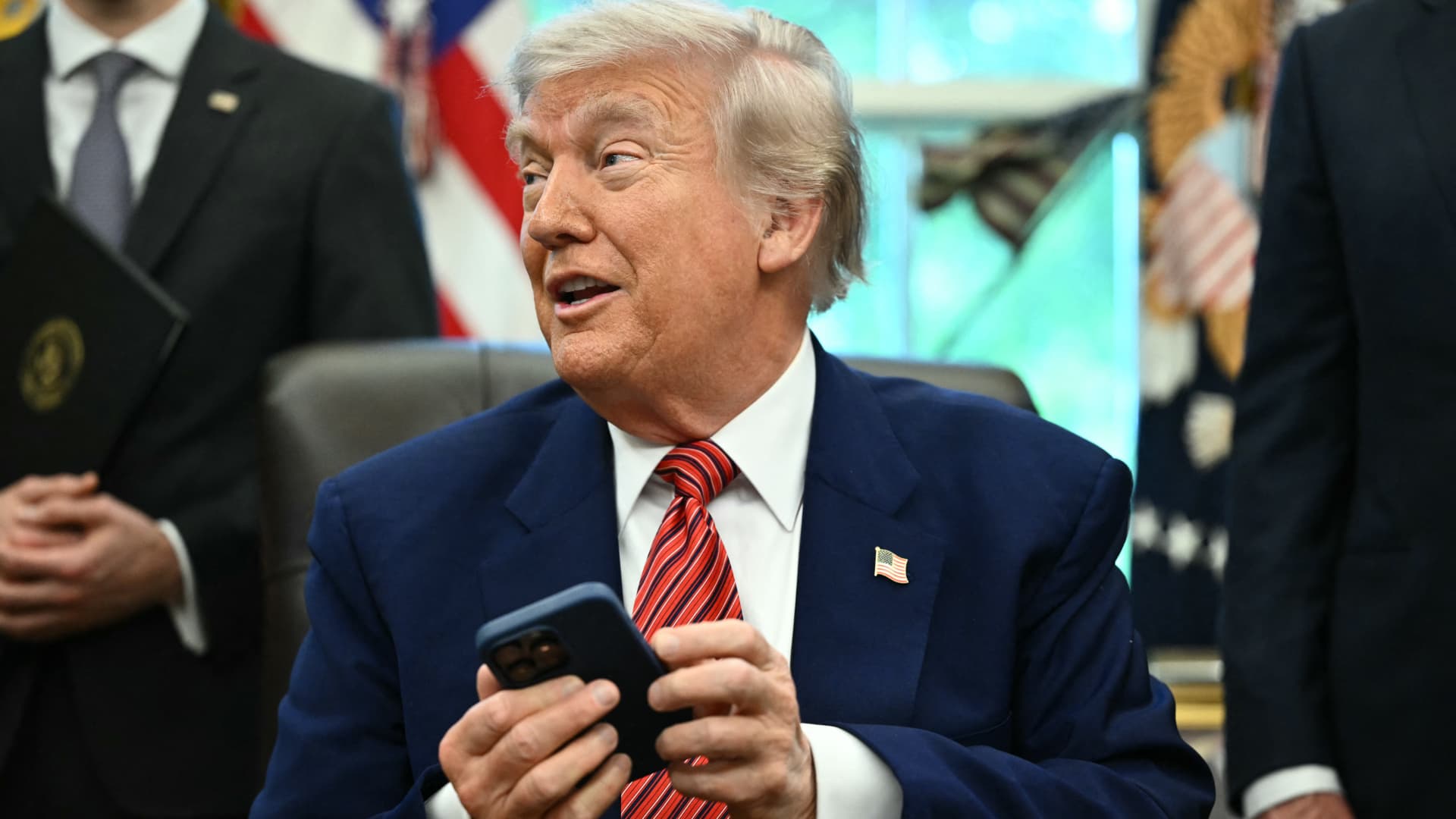

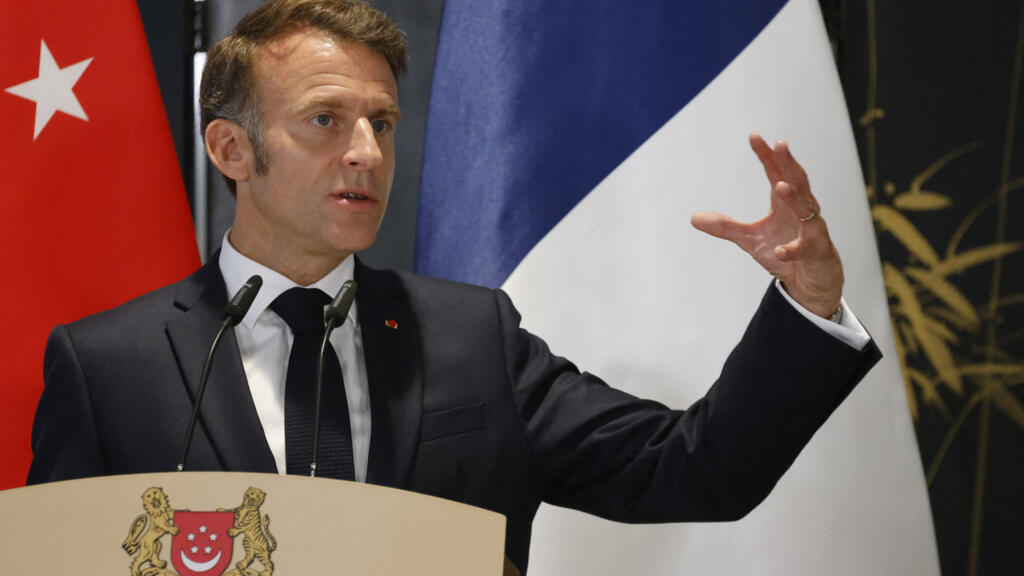
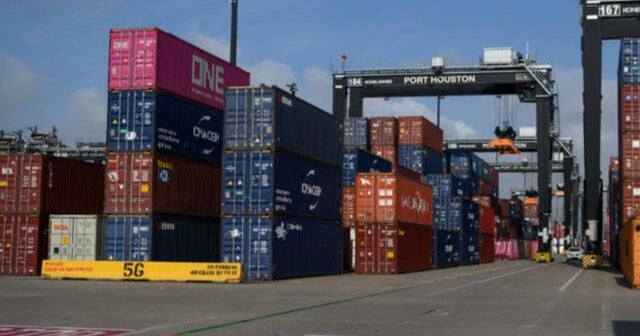
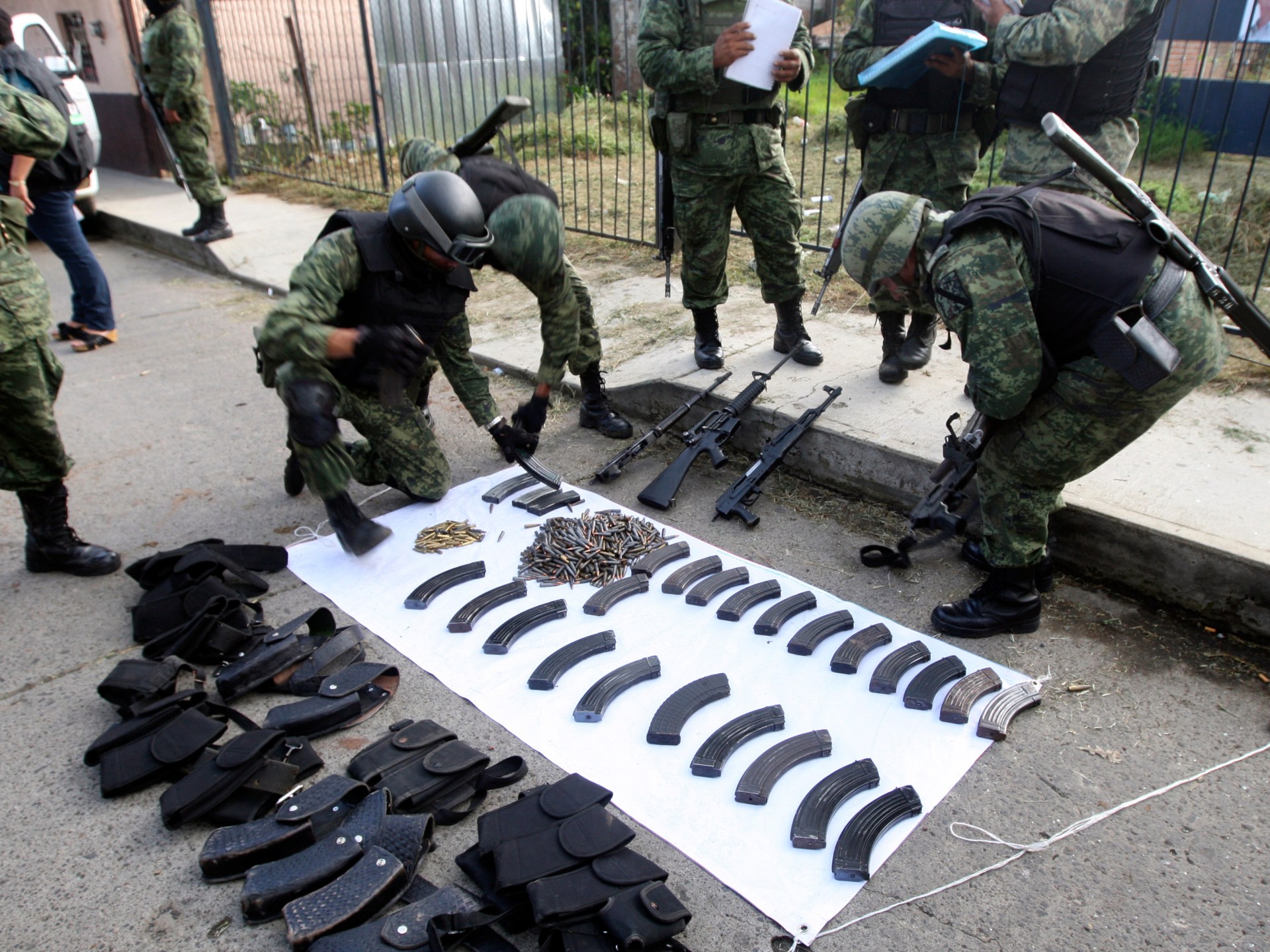
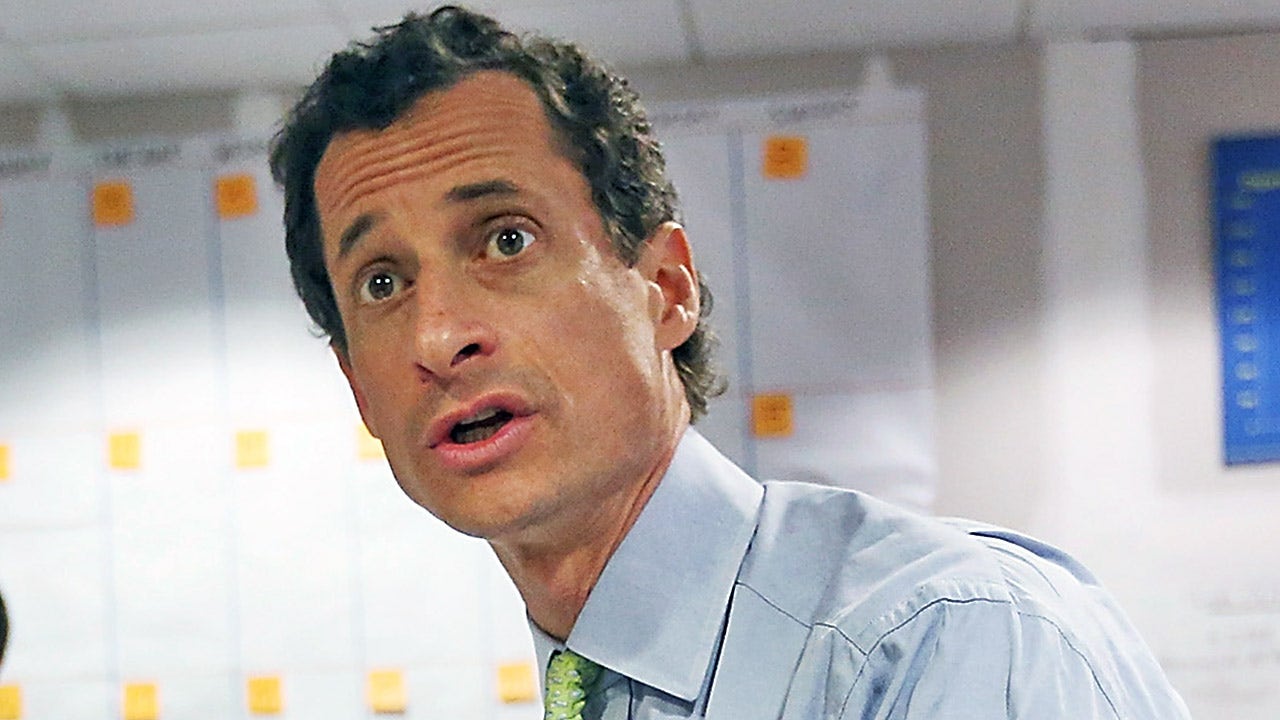


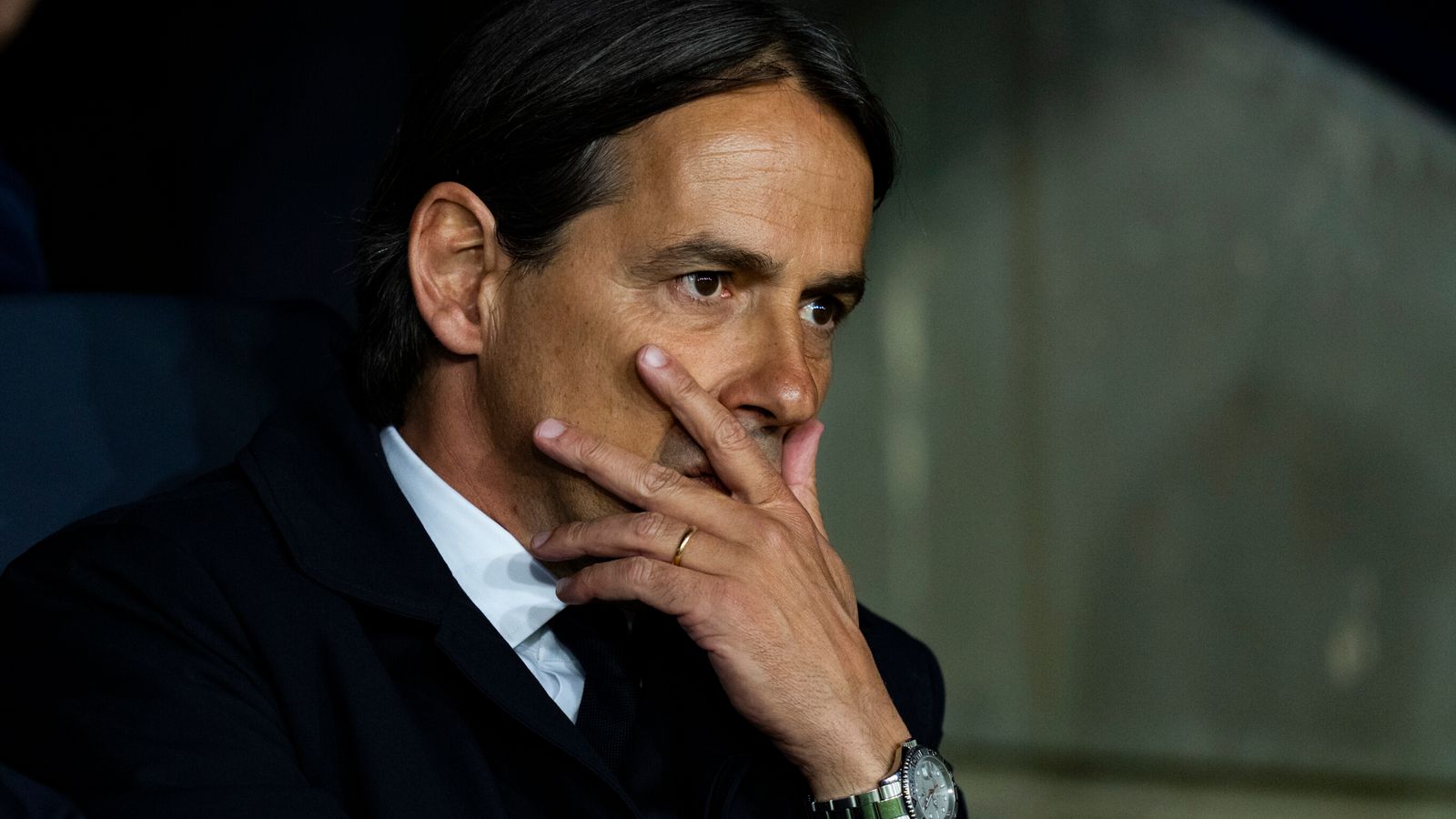
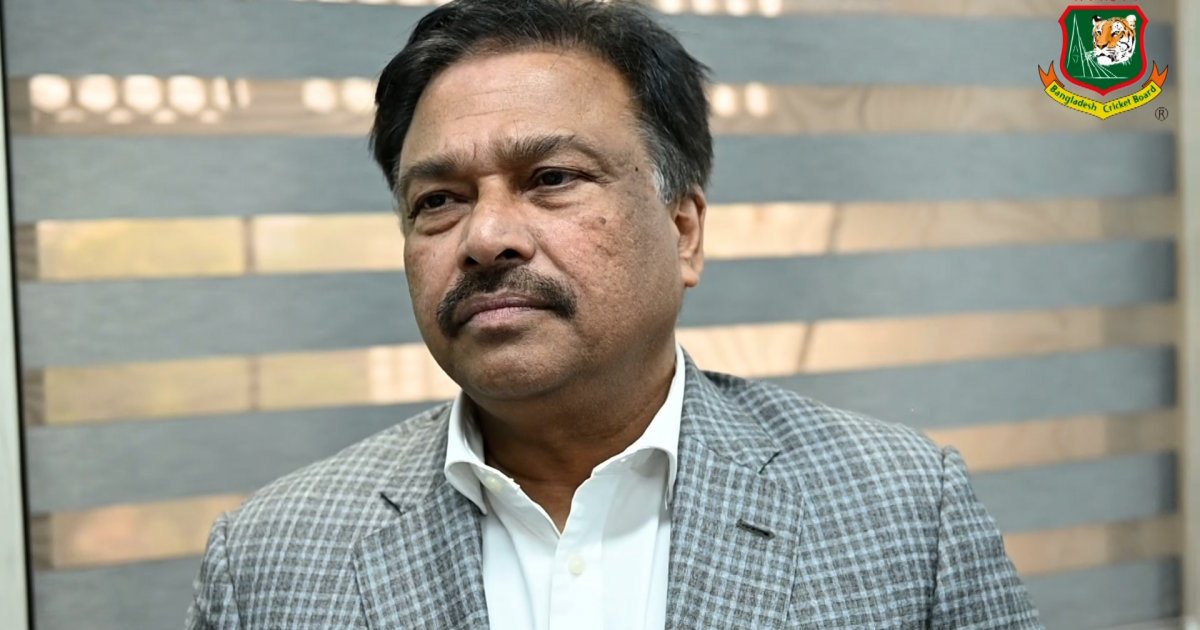

Leave a Reply